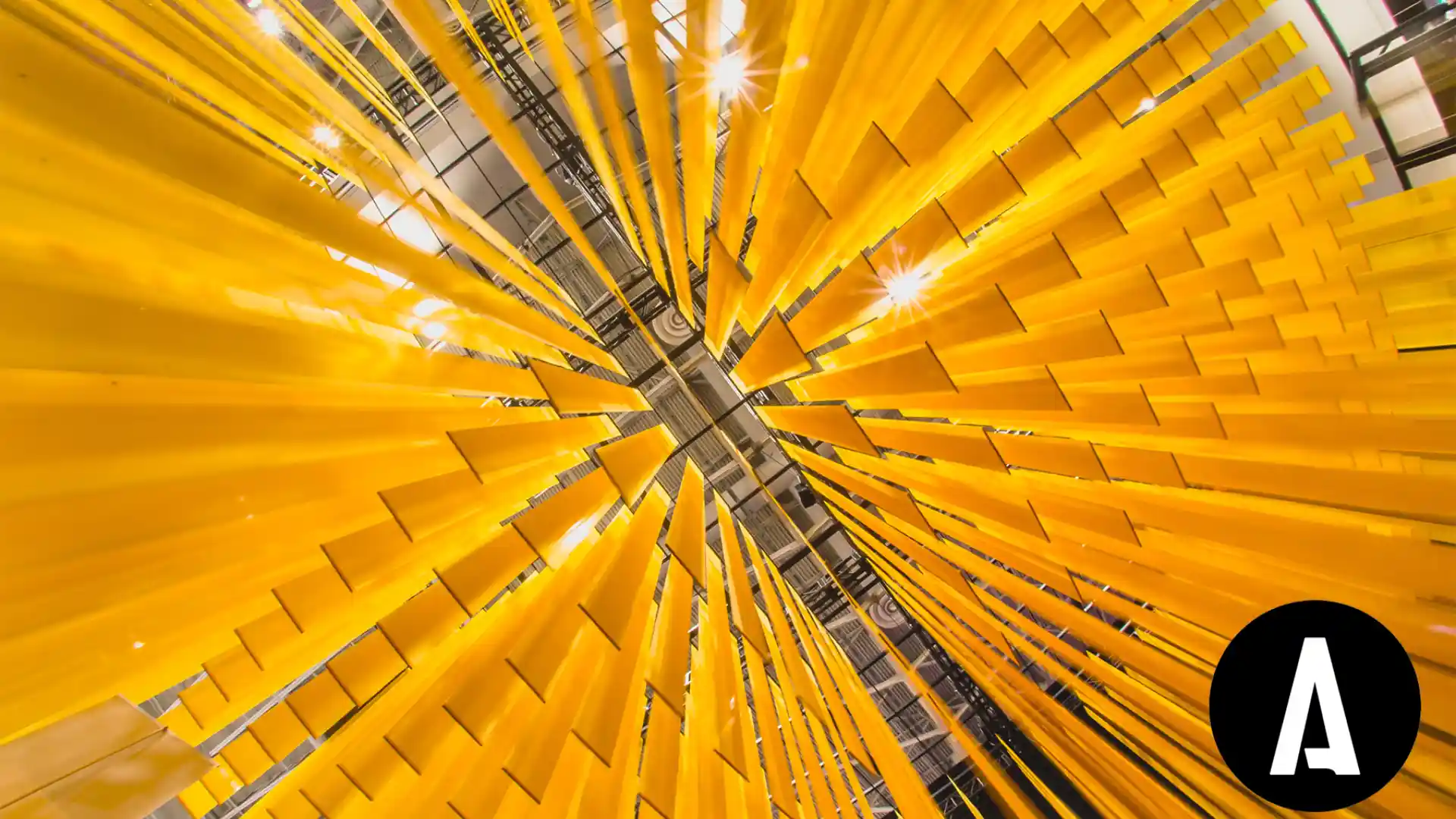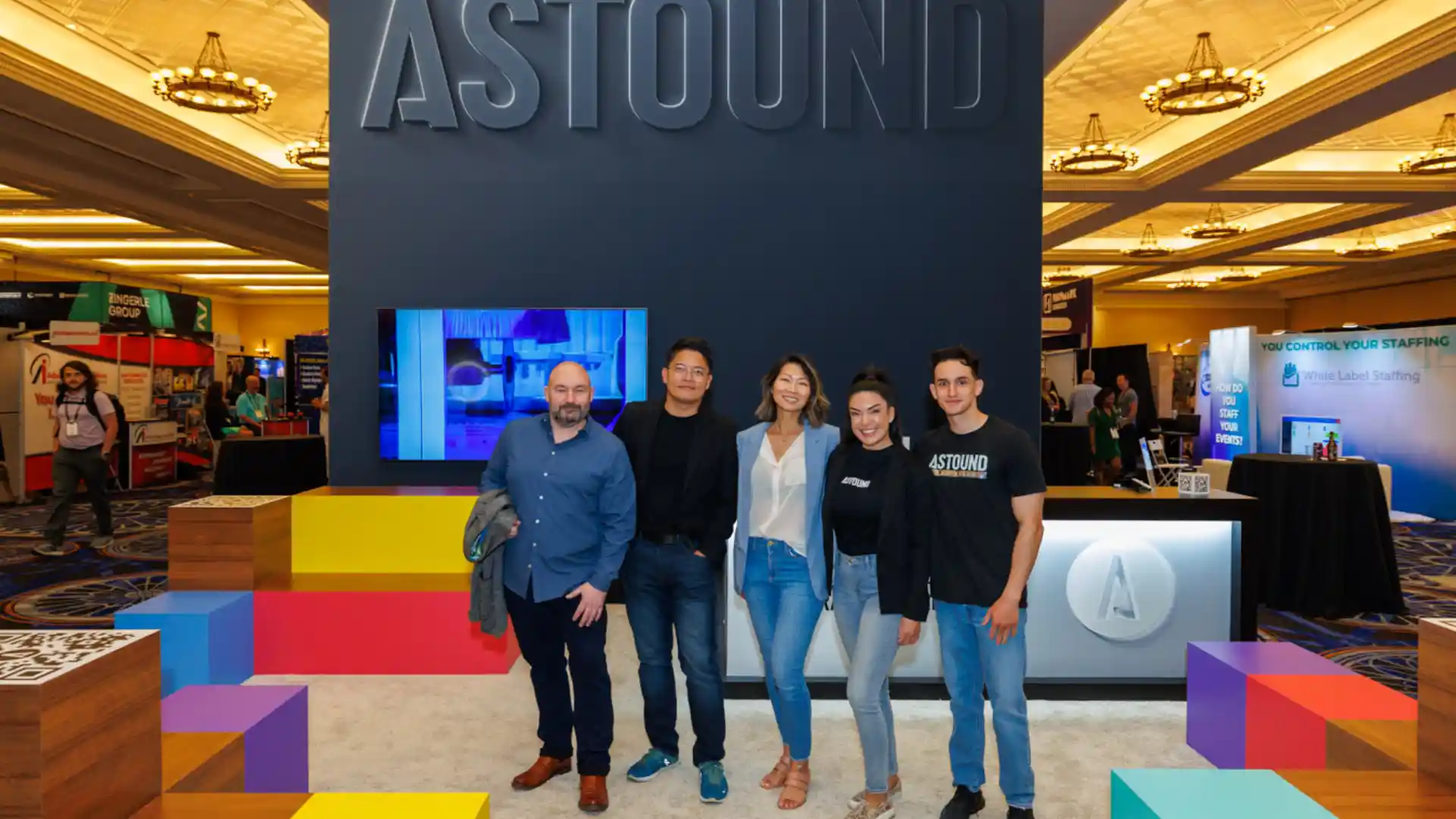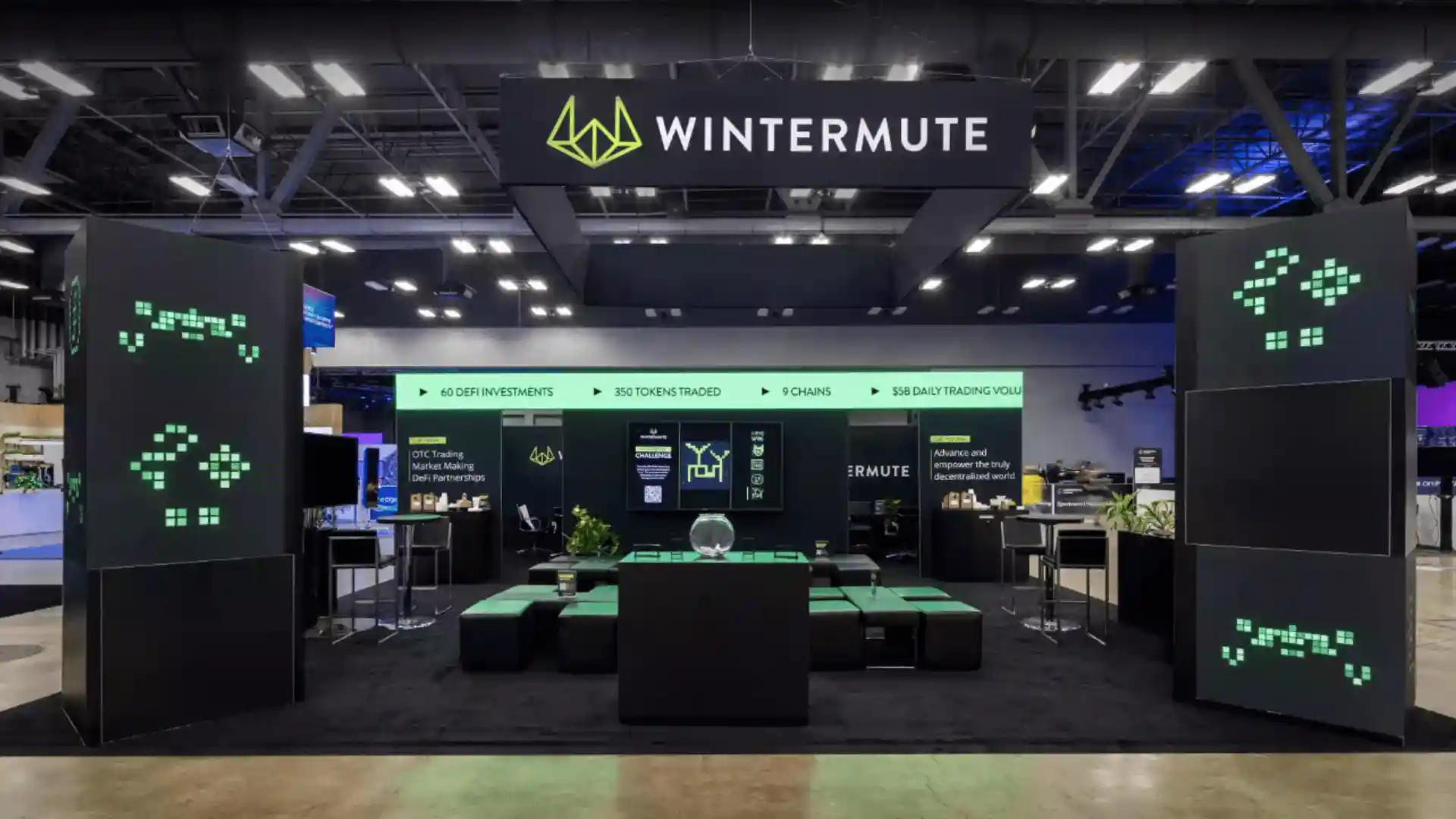Our Key Takeaways from EDIT - The Expo for Design, Innovation and Technology
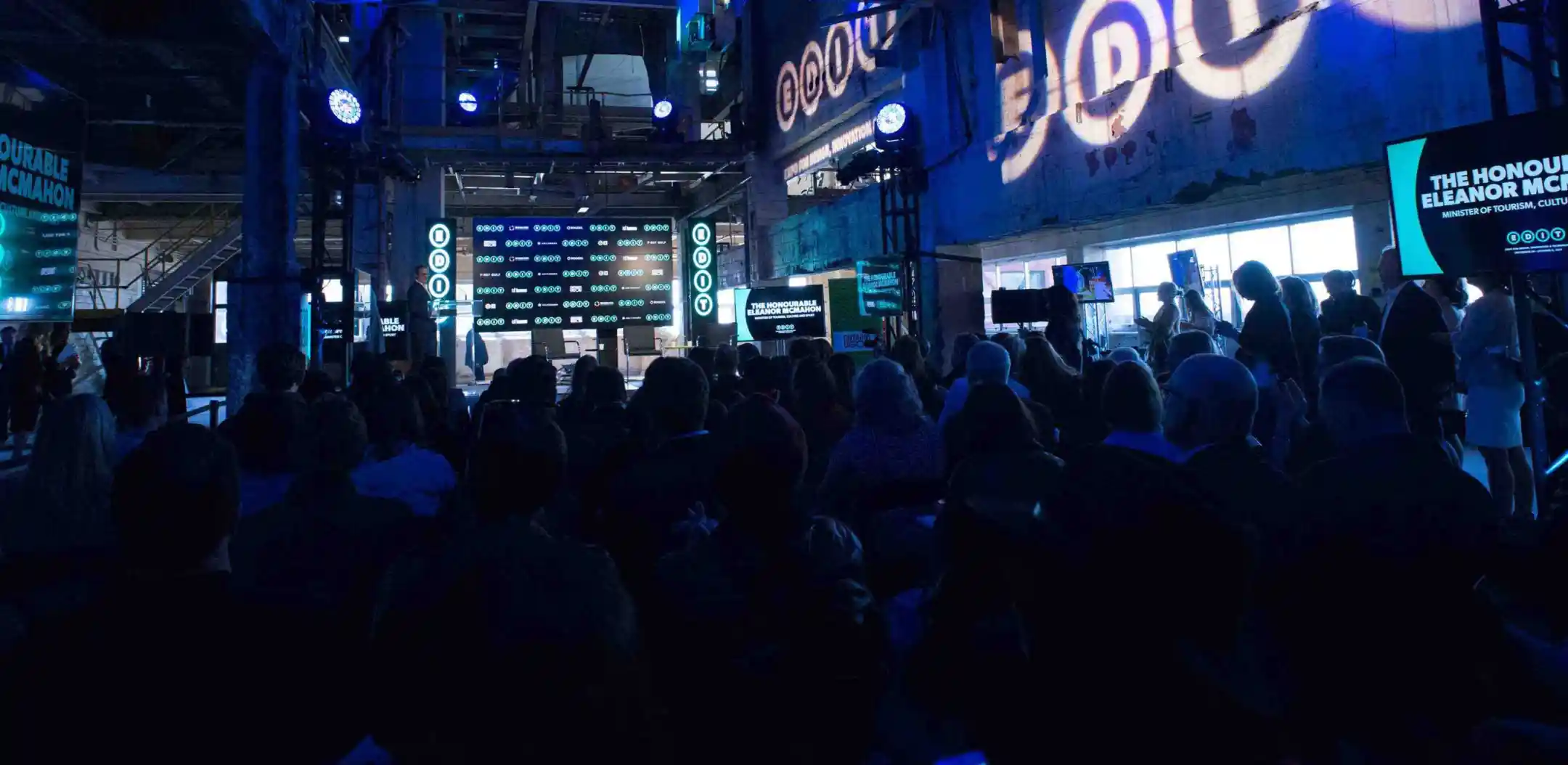
The EDIT festival kicked off this past week at the Unilever factory in Toronto’s East end. ASTOUND is extremely proud to have partnered with EDIT to bring this vision to life. Although we were actively involved in the design and build of this project, we dedicated time this week to go through the space and get deep into the experiences.
For many, design is viewed as a means to make something aesthetically beautiful. For us, ASTOUND believes that it goes deeper than that. Design is paramount in problem solving; whether it is a manufacturing problem, a logistics problem or a marketing problem. Design is a way of thinking and conceptually modeling solutions to problems.
The inspiration behind EDIT took shape into four core themes where they looked at problems in each of these areas; Food, Shelter, Healthcare and Education. The goal was to look at these dimensions and identify ways where solutions can be developed to benefit all. The exhibits were immersive, interactive and simple. Simple from a problem-solving perspective. One of the things that really stuck out is that...
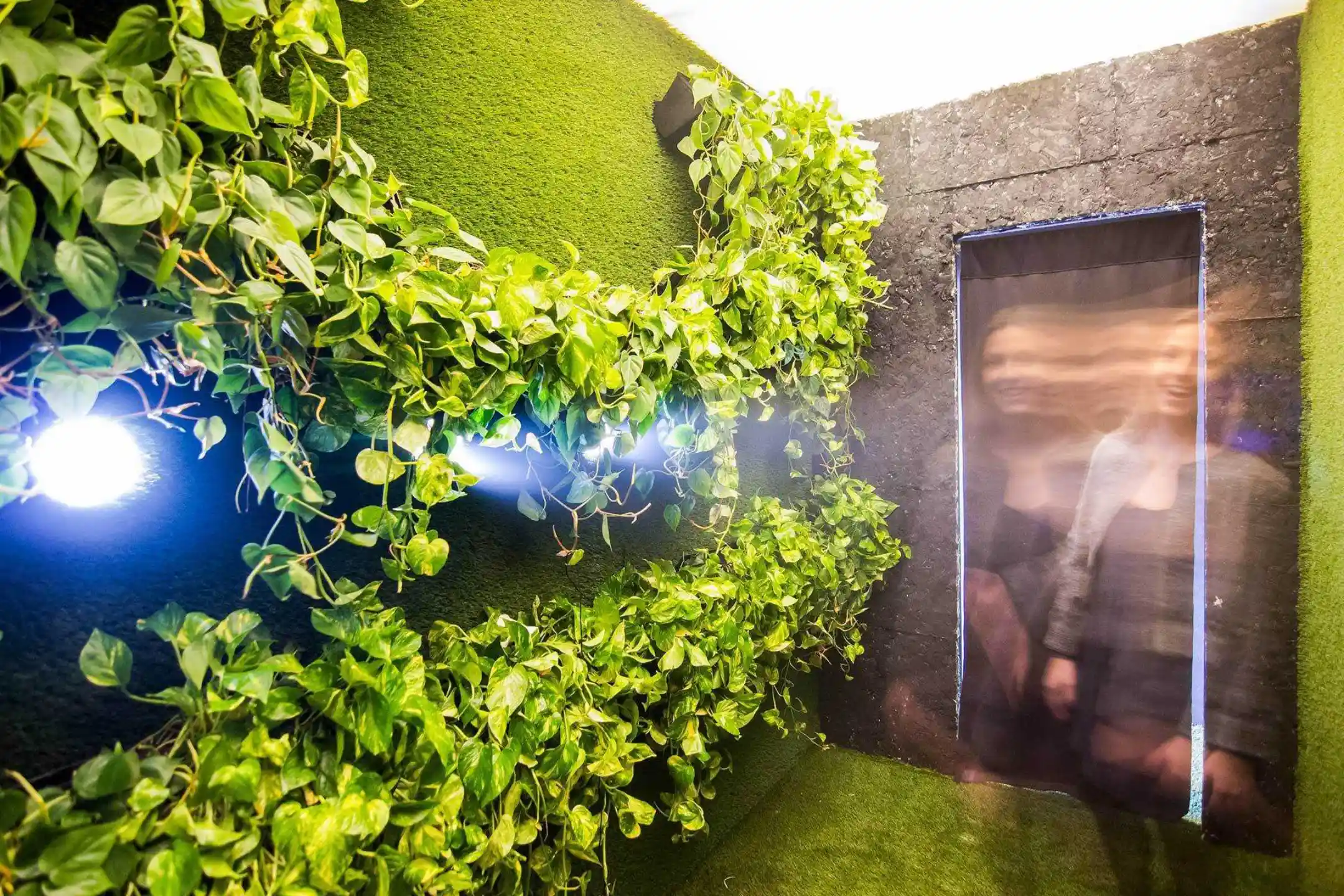
Simplicity rules:
Our world is so complex now with the impact of technology and globalization. We are inundated with mass amounts of information, markets are super competitive and we are struggling to keep up with the high amounts of social, economic and business problems that we are trying to solve. When we took a look around at all of the experiences, it they presented really smart, yet simple ways of solving problems.
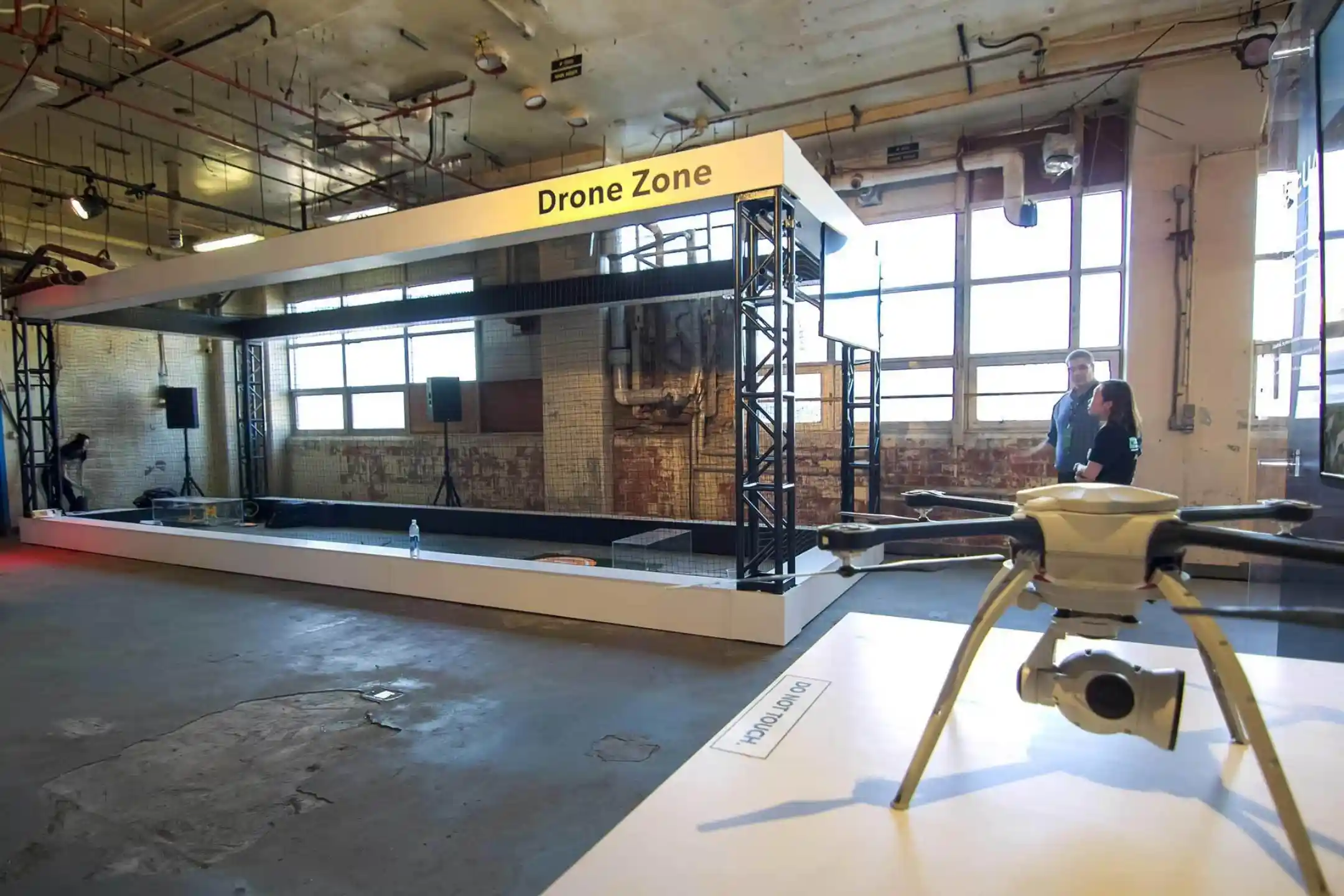
The World Bicycle Relief mobilizes people through The Power of Bicycles. For many people, living in remote regions of developing countries has proved to be challenging. This organization has addressed this challenge by putting bicycles to work in the most amazing way. Bicycles now offer immediate solutions to address transportation problems of goods and services as well as providing a means for children to go to school. Who would have thought, bikes could be so impactful?
Dr. Julielynn Wong uses design thinking in her approach on how to address some of the most important problems in healthcare using technology in practical ways. Drones for example were first developed for industrial purposes. Today, drones are used by consumers at large for various purposes; mostly photography. The “drone zone” simulated the simple idea how how drones are being used in health to transport blood, medical supplies and also locate survivors when natural disasters happen. A simple, yet powerful and practical application of a drone.
When modeling the power of possibilities, when thinking about your “what if’s”, simplicity really does rule. Often time we overcomplicate, over analyze without applying basic practical ways of problem solving.
